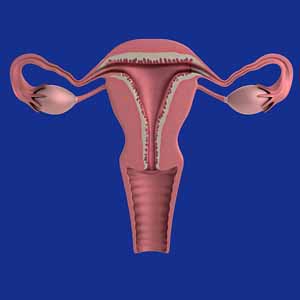Evaluation of the diagnostic accuracy of the cervical biopsy under colposcopic vision

Accepted: 22 June 2022
HTML: 22
All claims expressed in this article are solely those of the authors and do not necessarily represent those of their affiliated organizations, or those of the publisher, the editors and the reviewers. Any product that may be evaluated in this article or claim that may be made by its manufacturer is not guaranteed or endorsed by the publisher.
Authors
This study was conducted to evaluate the diagnostic accuracy of the cervical biopsy under colposcopic vision. This retrospective study was performed on 190 women, who were selected from a total of 412 cases referring for colposcopy in one year. All patients underwent colposcopy and loop electrosurgical excision procedure (LEEP). After the investigation of demographic characteristics and data confirmation, colposcopic characteristics were examined. Then, the diagnostic indicators and diagnostic accuracy of the cervical biopsy under colposcopic vision were determined. The mean age of patients was 35.51± 5.91 years. In smokers, the percentage of cancer and CIN3 cases was higher than in normal individuals, and this difference was statistically significant in terms of the frequency of cancerous lesions (P = 0.2). A comparison of colposcopic biopsy with LEEP has shown that the frequency of advanced cases in LEEP has been detected more, and the correlation coefficient (kappa) indicated the weak agreement between the findings of colposcopically directed biopsy (CDB) and LEEP methods. (k = 0.23). The diagnostic accuracy of the cervical biopsy under colposcopic vision for cervical cancer is effectively high. It is recommended that this procedure be performed to diagnose cancerous lesions; however, contrary to what is seen in colposcopy, malignant cases may be spreading and follow-up of patients can affect therapeutic performance.
How to Cite

This work is licensed under a Creative Commons Attribution-NonCommercial 4.0 International License.
PAGEPress has chosen to apply the Creative Commons Attribution NonCommercial 4.0 International License (CC BY-NC 4.0) to all manuscripts to be published.

 https://doi.org/10.4081/ejtm.2022.10670
https://doi.org/10.4081/ejtm.2022.10670



